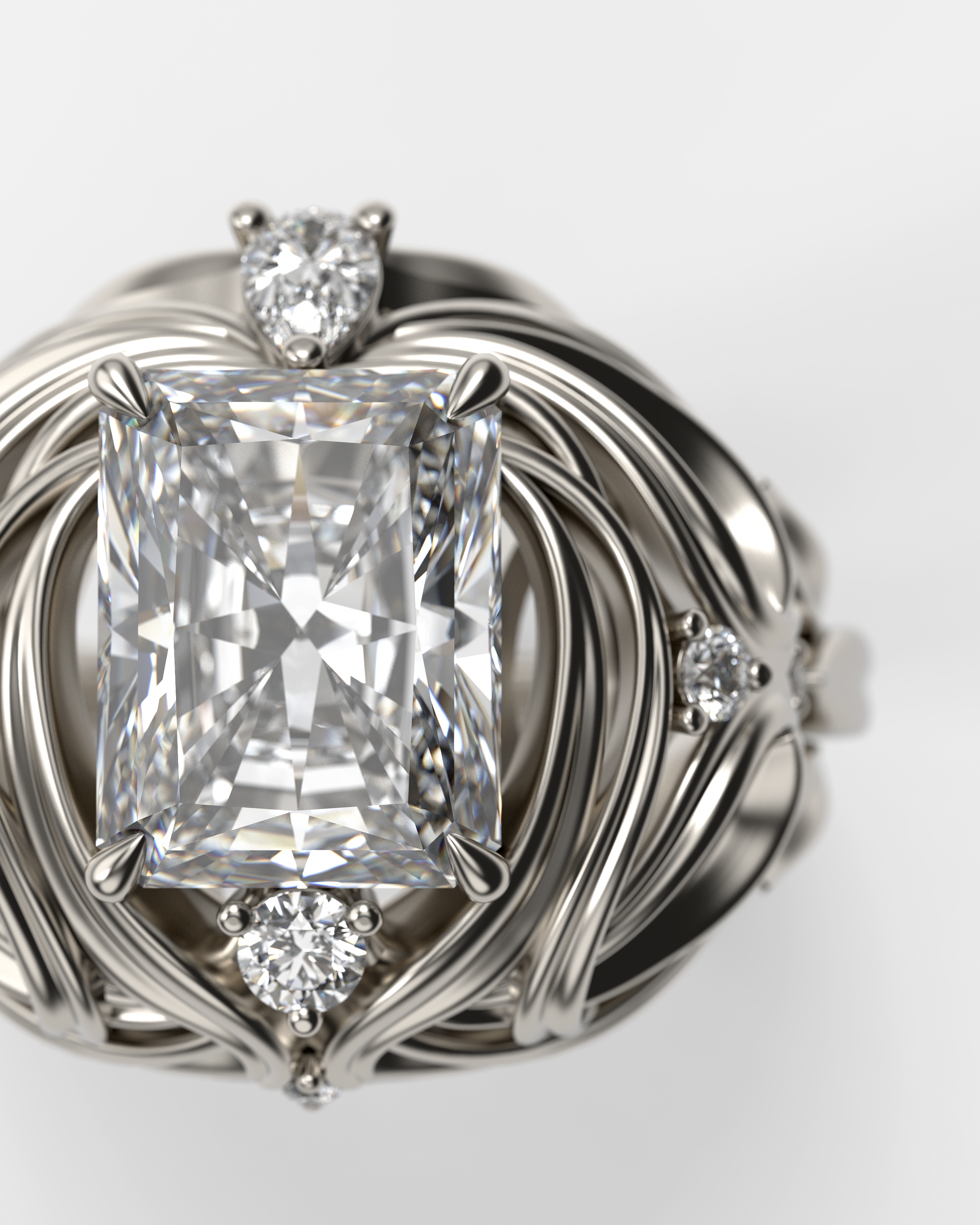Article: Do You Know What Seeds Are Used For Growing Diamonds

Do You Know What Seeds Are Used For Growing Diamonds
So, what are lab-grown diamonds—and where do they come from?
Lab-grown diamonds are real diamonds—with the same beauty and durability—created by replicating nature’s conditions inside high-tech labs.
Let’s touch on the history and chemistry.
On December 16, 1954, after decades of attempts, the first reproducible synthetic diamonds were made by chemist H. Tracy Hall. In simple terms, Hall took a tiny diamond “seed,” added carbon (the stuff diamonds are made of) with a melting aid, then heated and squeezed it in a high-pressure press to mimic conditions inside the Earth. The carbon crystallized on the seed—layer by layer—into diamond, and a piece of rough was born. Think of it like a giant pressure cooker for carbon that grows a diamond around a seed.
A little later, a second method appeared. A diamond seed is placed inside a chamber, filled with carbon-rich gas, and energized (with microwave energy, for example) so carbon “rains” onto the seed and sticks in perfect order, one atomic layer at a time, creating a rough diamond. By the mid-2010s, colorless, gem-quality lab diamonds entered jewelry in meaningful volumes.
Okay, but what about sparkle?
Lab-grown and natural diamonds share the same chemical, physical, and optical properties. Both are pure (or near-pure) carbon with that crisp white brilliance and fire diamond lovers adore. In other words: a lab diamond is a diamond—the difference is origin, not performance.
Can you see the difference?
To the naked eye—no. Even under a jeweler’s loupe, determining origin can be tricky. Reliable identification requires specialized instruments and trained gemologists. That’s why reputable retailers disclose origin and provide grading reports.
Finally, why choose lab-grown?
A larger, higher-quality diamond for your budget. Because growth takes weeks instead of eons, lab-grown diamonds are typically priced lower than comparable natural stones—often a meaningful difference at the same carat, color, and clarity. Beauty, durability, and that unmistakable diamond sparkle—no compromises on brilliance.
Bottom line:
If you’re dreaming of a piece of jewelry with a larger, high-quality center stone that shines every bit as beautifully as natural—lab-grown is a fantastic option. You get the look you love, the performance you need, and the value you want.
